Since the early 90s of the last century, the art auction industry in China began to rise and till date, had gone through two decades of transactional seasons. To understand more about the fundamental basis of the Chinese contemporary sculpture market, we must first look at the basic direction of progress of contemporary sculptural art in the auction market.
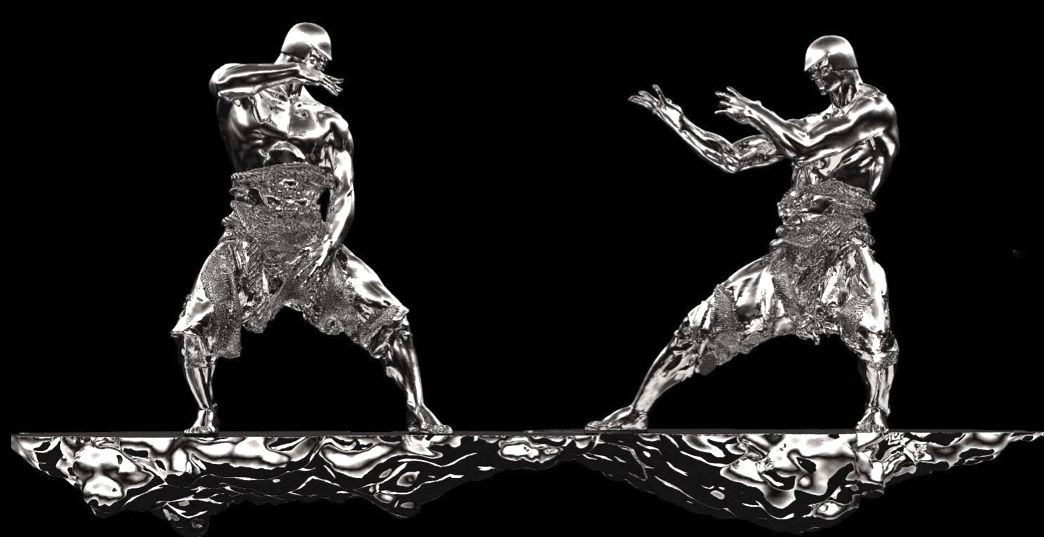
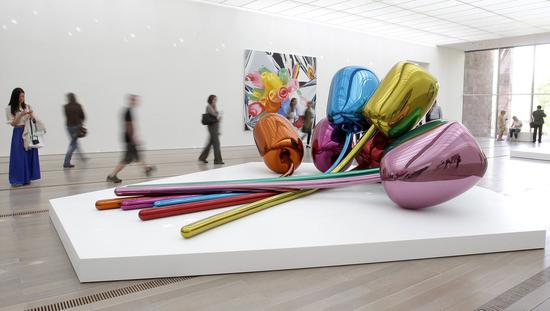
In 1996, the “People’s Republic of China Auction Law” promulgated, marking the Chinese auction industry to legally enter the market. This internationalisation is characterized by a new historical stage for the Chinese art auction market to begin its stable development. Beginning in 2003, the Chinese art auction market has entered a period of accelerated development, with the number of operating institutions, auction transactions and the revenue of auction turnover maintaining a rapidly strengthening trend. From 2005 to 2007, in addition to the surge in data, the types of auctions have also been reasonably adjusted and calligraphy and traditional ceramics no longer dominate the scene, breaking the monotonous pattern to introduce contemporary sculpture art and other art categories to broaden the versatility of the Chinese auction market. The natural progression of the business development aspect enabled the Chinese contemporary sculpture scene to grab this market opportunity to further establish its presence.
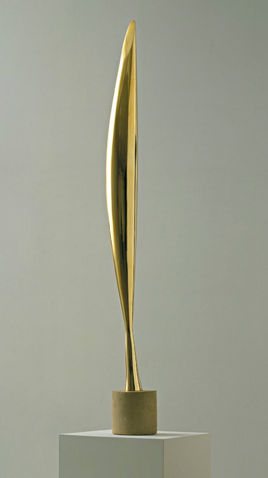
From a global perspective, in 2005, ‘Bird in Space’ by Constantin Brancusi was auctioned in Christie’s New York for $27.45 million, hitting the world record of sculpture auction. According to the relevant data shown from 1992 to 2007, in a span of 15 years, the overall growth rate of contemporary sculptures has grown up to 100%. In February 2010 at London’s Sotheby’s auction, the international sculptor Giacometti’s bronze sculpture “ Walking Man” shot to an astronomical record of 65 million pounds, equivalent to $104.3 million, breaking the record of the previous highest auctioned artwork, Pablo Picasso’s “Pipe Boy” painting at $104.2 million to become the world’s most expensive work of art. In 2012, American artist Jeff Koon’s large-scale work, “Tulips”, was sold for $ 30 million at Christie’s in New York, successfully refreshing the artist’s transcripts at Christie’s.
From these milestones, we can see that the contemporary sculpture category has a clear and defining position in the global market.
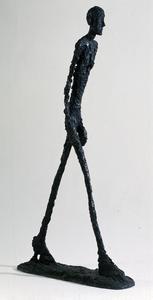
In terms of Chinese contemporary sculptures’ stand in the scene, since the beginning of 2011, we can observe that younger artists born in the 70s and 80s accounted for half of sculpture auction transactions with a relatively high level of exposure. Such as the 70s artist group Unmask, who gained a strong auction record of RMB 40 million. In 2012 at Beijing Poly Spring Auction’s Contemporary Chinese Art night, renowned sculptor Cai Zhisong’s work “Venice Cloud” shot up to RMB 6.9 million, becoming the highest auction price for a contemporary living Chinese sculptor.

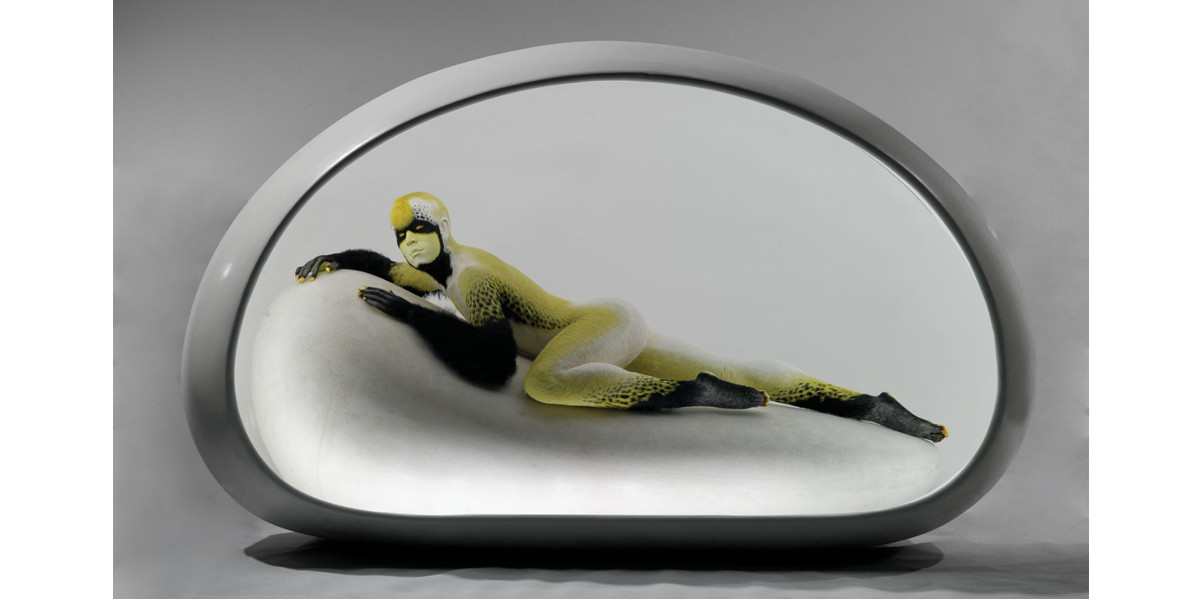
Another data worth taking note of is the fact that not only the prices of young artists are growing, the percentage of young artists’ works up for grabs has also greatly improved. In 2011 at Guardian’s Spring auction, 70s and 80s generation artists accounted for 50% of the total number of sculpture transaction, with the 70s-generation accounted for a high 37%, creating a total turnover of more than the RMB 20 million mark. In summary, as a traditional art category whether in the academic field or in the logic of the market, sculptures marks its individual stand and importance and the recognition given to Chinese contemporary sculptures from today’s global view is something that is not to be missed as time goes by.
